Cooking outdoors is one of the best parts of camping. There’s something deeply satisfying about preparing a meal under the open sky—with nature surrounding you, the warmth of a fire, and the simplicity of good ingredients. But to keep it enjoyable (and not frustrating), it’s all about packing smart. Whether you’re heading into the woods for a weekend or planning a longer car-camping trip, this guide covers the camp cooking essentials you actually need—no fluff, no overpacking.
🔥 1. Heat Source: Campfire or Camp Stove
Cooking needs heat. Most campsites have a fire ring with a grill grate, but not all fires are reliable for precise cooking. That’s where a portable camp stove comes in handy.
You’ll need:
- 🔥 Fire ring with grill grate (if provided)
- 🔥 Camp stove (propane or butane)
- I use this one from TECHEF that I use for KBBQ at home but this Coleman 2 burner camp stove is very popular. Both stoves allows you to control the strength of the heat source, allowing you to cook a variety of dishes using them.
- 🔥 Fuel canisters (bring extra just in case)
- 🔥 Lighter or waterproof matches
Pro Tip: Even if you plan to cook over the fire, a camp stove is a reliable backup when it’s raining, windy, or fire bans are in place.
🍳 2. Cookware: Keep It Versatile
Don’t bring your entire kitchen—just a few well-chosen pieces can do a lot.
Essentials:
- Cast iron skillet – Ideal for campfires, retains heat well, and lasts forever.
- I use the Lodge Cast Iron Skillet and absolutely love it. It’s affordable, incredibly sturdy, and built to last. I use it both at home and outdoors without worrying about damage—it’s tough enough for open-fire cooking yet versatile enough for everyday use in the kitchen.
- A normal skillet you use at home is a great alternative if you are using a camp stove and not cooking over an open fire.
- Small pot – For boiling water, soups, or quick pasta.
- I love this stainless steel small pot-kettle combo from Snow Peak. It’s campfire-safe and incredibly versatile—perfect for boiling water, cooking small meals, or making tea. Having hot water, especially during early spring or fall camping, is an absolute must for comfort and convenience.
- Lid or aluminum foil – To trap heat and cover food.
Optional but helpful:
- Grill grate – If your campsite doesn’t provide one and you’re cooking over fire.
- If your campground does not provide a fire ring and grill grates, this Amazon Grill Grate with Legs is a great option for placing over a primitive rock fire ring. When a fire ring is available but lacks a grate, you can collapse the legs and rest it right on top. In a pinch, I’ve also used a stainless steel cooling rack—the kind you’d normally use for cookies. Just keep in mind that over an open flame, it may discolor and won’t support much weight, so it’s best suited for lighter items.



🍽️ 3. Cooking Tools & Utensils
These tools make camp cooking smoother and cleaner:
Bring:
- Long stainless steel tongs, chopsticks, and/or titanium camp spork
- Skip bringing spatula or cooking cooking spoon. A good set of long tongs make it much easier to handle food over the fire while keeping your hands safely away from the heat.
- Similarly, I love bringing a super long stainless steel chopsticks that functions like a tong that I can also use to cook and eat with.
- I always pack a long titanium spork—my favorite is the one from Sea to Summit Spork. Like the chopsticks, it’s incredibly versatile: you can cook with it and eat with it. It functions as a fork and a spoon and thanks to the titanium, this spork is also ultra-lightweight and perfect for backpacking too.
- Cutting surface (optional)
- I like to pre-cut all my ingredients in advance—it makes camp cooking and cleanup much easier, and I don’t have to worry about cross-contamination at the campsite. If I do need to cut anything, it would be usually be something low risk like breads or fruit, and I would just use a camp plate.
- Sharp small knife (in a sheath) or kitchen scissors
- Heat-resistant gloves or mitts
- Aluminum foil
- I always like to bring extra aluminum foil with me when camping. I pre-cut and fold the sheets ahead of time to keep things organized and compact. Foil is lightweight and incredibly versatile—it’s great for wrapping food (like corn) to cook over the fire, lining plates or prep surfaces to keep things clean, and even covering cookware to help trap heat while cooking.
Pro Tip: Prep your ingredients ahead of time—cut meats and veggies, pre-crack eggs, and portion out seasonings. It’ll make cooking at camp faster, cleaner, and way more enjoyable.
🍽️ 4. Eating & Serving Gear
Skip disposable items when possible—it’s better for the planet and feels nicer to eat with real gear.
Bring:
- Plates or shallow bowls
- Eating utensils (sporks, chopsticks etc)
- As mentioned in the Cooking Tools & Utensils section, I love bringing super long stainless steel chopsticks and long titanium spork with me camping. Both are versatile enough to cook and eat with, which means I can pack lighter.
- Mugs or cups
- I like to have a lightweight titanium mug as well as an insulated mug with me. Titanium mugs are useful in that they are ultra light weight and you can use them directly on the fire. Insulated mugs are great at keeping hot drinks hot and cold drinks cold.
- Dish towels or cloth napkins
- Reusable food containers (for leftovers)



🧂 5. Pantry Basics & Food Storage
Pack smart, with ingredients that do double-duty and don’t spoil quickly.
Pantry basics:
- Oil, seasoning and Spices
- Pack lighter with small squeeze bottle for oil and other liquids and mini containers for seasoning and spices
- Coffee/tea
- Instant coffee, like these Starbucks instant coffee singles, and tea bags are perfect to bring camping. I’m usually up early, and there’s nothing better than sipping a hot cup of coffee (or tea) while soaking in the quiet of nature. For summer trips, I like to cold brew coffee in advance and freeze it. It helps keep the cooler cold and doubles as a refreshing iced coffee on hot days.
- Shelf-stable meals (instant ramen, mashed potatoes etc)
- When I go camping, I always pack a little extra pantry staple food—just in case! It’s come in handy more than once, whether I’ve underpacked, needed a quick snack, or someone in the group had dietary restrictions or food aversions.
Storage:
- Cooler with ice blocks or frozen water bottles
- Dry food bin (critter-proof if possible)
- I keep a dedicated large clear storage container just for camping, where I store all my cooking supplies and dry ingredients—things like pantry staples, seasonings, and spices. It keeps all the essentials in one place and makes packing and transport much easier. Plus, using a clear container means I can quickly see what’s inside without digging around.
- In bear country, I recommend storing your dry foods in a bear-resistant food container, like this one from BearVault.
- Ziplock bags and trash bags
- Ziplock bags are incredibly useful when camping. I bring a variety of sizes and use them for everything—from storing food and snacks to collecting trash. They’re especially handy for cooking waste and, if there are no bathroom facilities, for discreetly storing tissue or personal hygiene waste.
- If you’re camping with a larger group, full-size trash bags are helpful for collecting everyone’s waste in one place. When it’s just me and my partner, we try to camp more sustainably with minimal disposable items—so a single gallon-sized Ziplock bag is usually enough for our trash.
Pro Tip: Freeze meats or meals ahead of time—they’ll help keep the cooler cold and slowly thaw for future meals.
💦 6. Clean-Up
No one loves this part, but it’s crucial—especially in bear country.
- Biodegradable dish soap, scrubber or sponge (optional), small basin or collapsible sink (optional)
- When camping for just a day or two, I usually keep cleanup simple—scraping off food bits, rinsing cookware with water, and wiping it down with paper towels. This is usually enough, especially when cooking with cast iron. That said, if you’re camping for several days or reusing the same cookware for different meals, it makes sense to pack more thorough cleaning supplies to keep everything fresh and hygienic.
- Ziplock bags and trash bags
- Paper towels or drying/dish towel
- Hand sanitizer or biodegradable wipes
Don’t forget to follow Leave No Trace principles: pack it in, pack it out, and never dump food scraps near your site.
🔧 7. Bonus Items That Make Camp Cooking Easier
While not essential, these extras can really improve your setup:
- Headlamp or lantern (for cooking after dark)
- Headlamps are an absolute must for me when camping. They make it easy to navigate in the dark while keeping your hands free—especially useful for late-night bathroom trips or cooking after sunset.
- Portable table (if your site doesn’t have a picnic table)
🏕️ Final Thoughts
Camp cooking doesn’t have to be complicated, but a little preparation goes a long way. With just a few thoughtful pieces of gear, you can enjoy fresh coffee at sunrise, skillet bread with dinner, and s’mores by the fire—all without hauling your entire kitchen into the woods.
Let me know your favorite camp meals in the comments—or share your top cooking hacks for the outdoors!
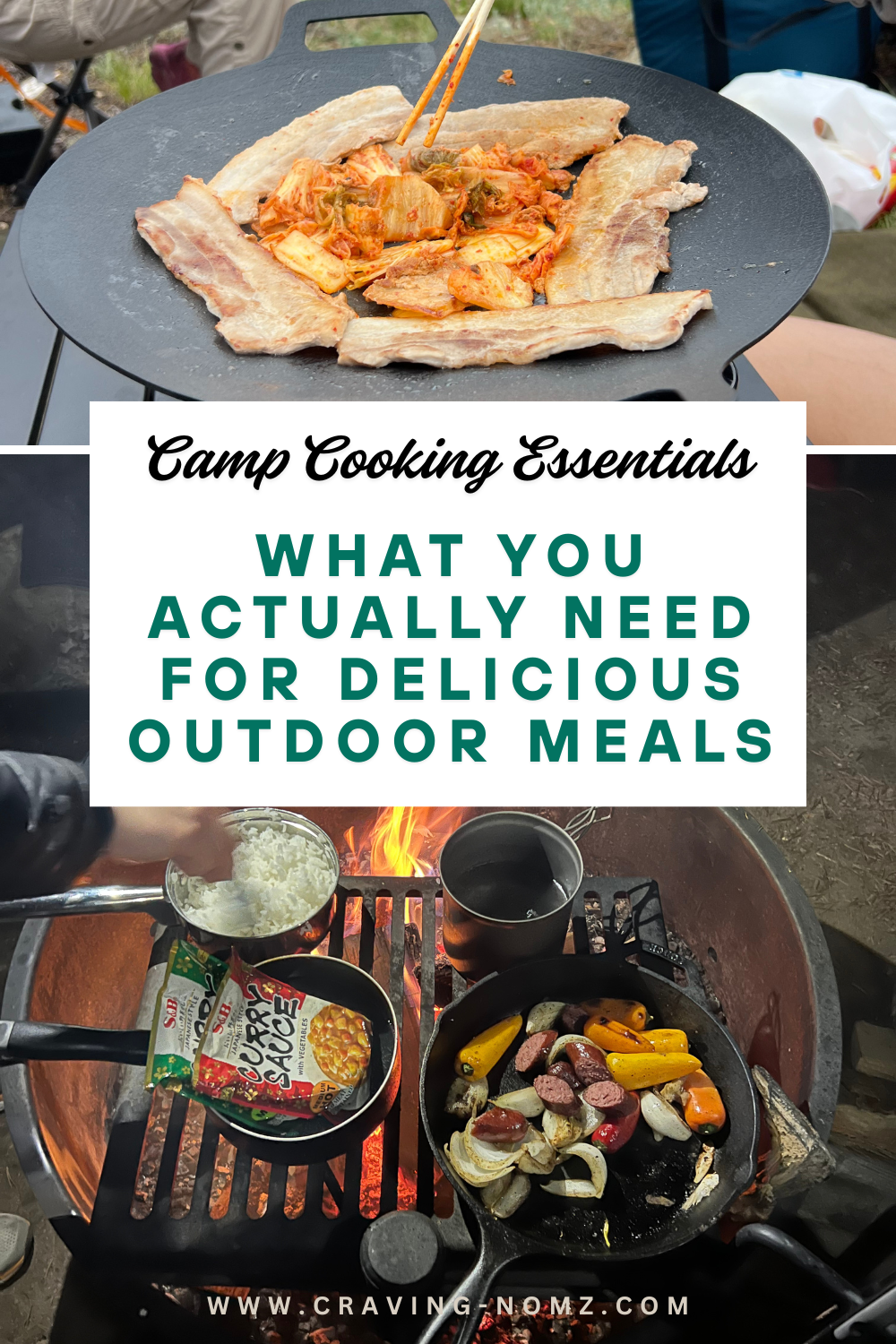
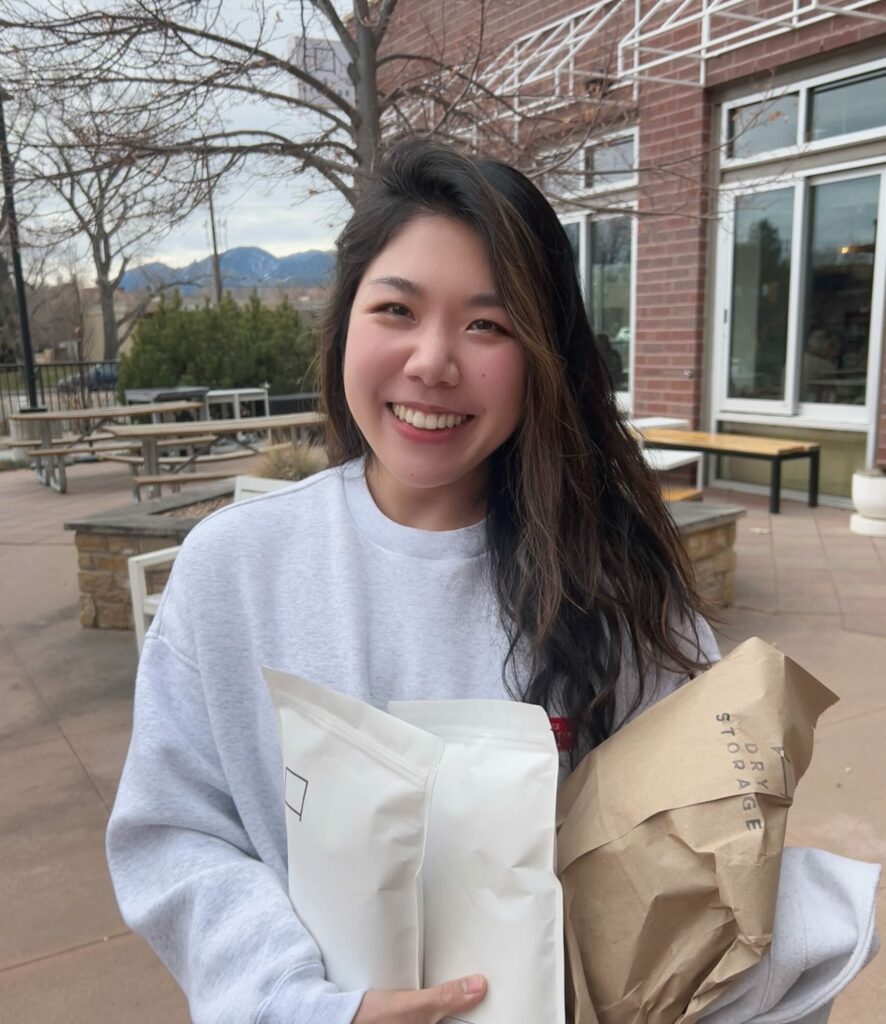


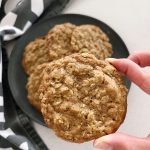
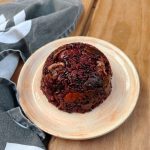

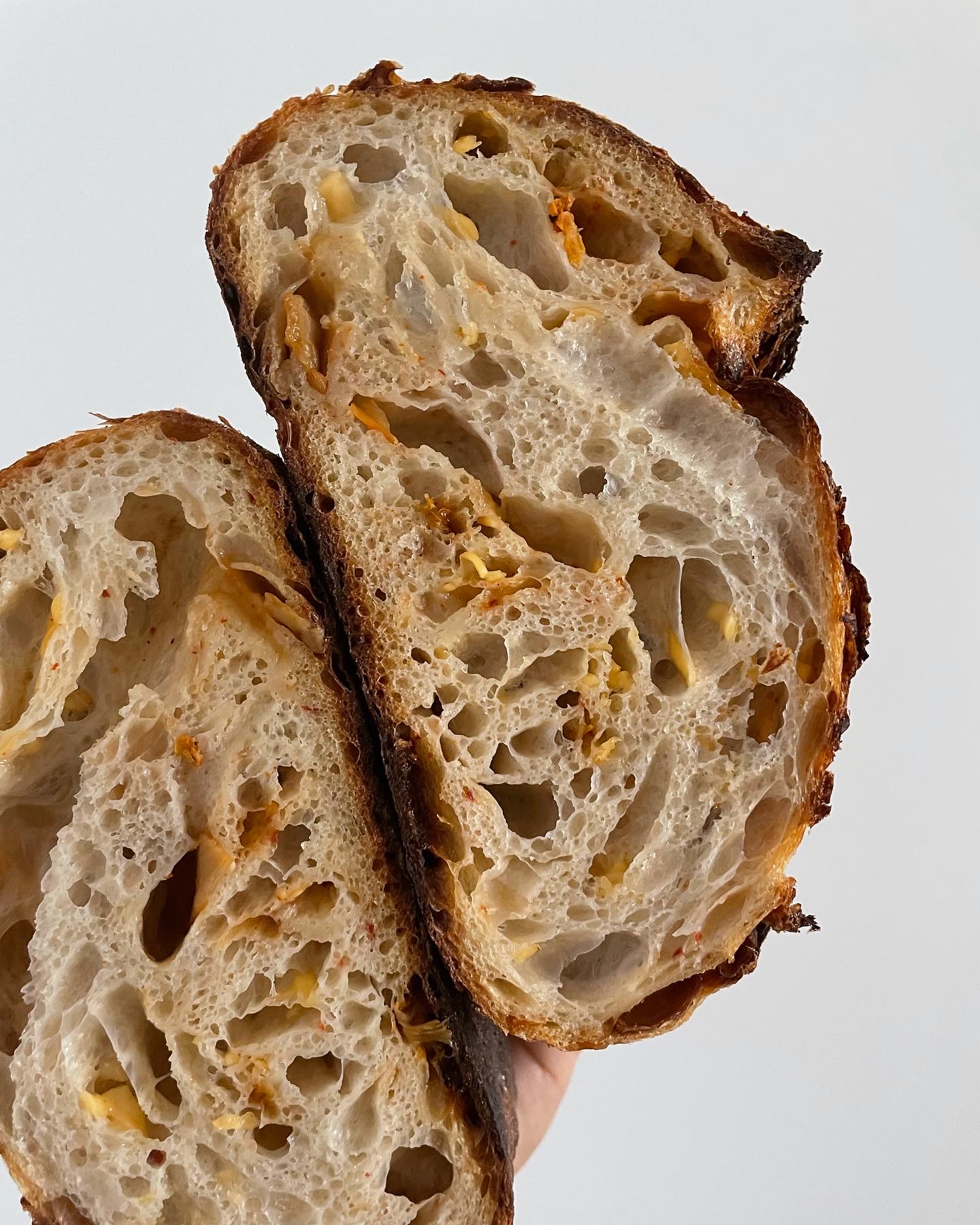
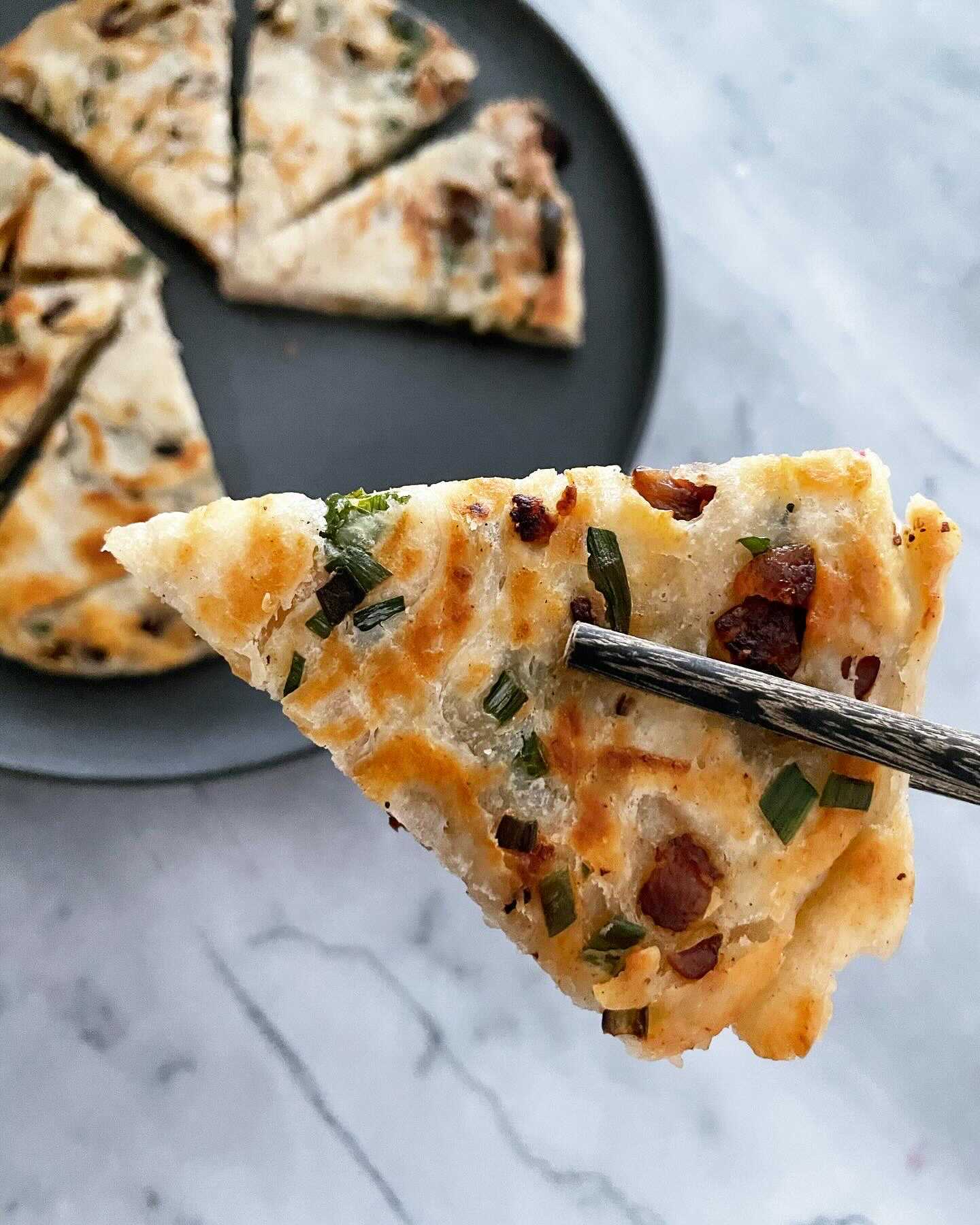
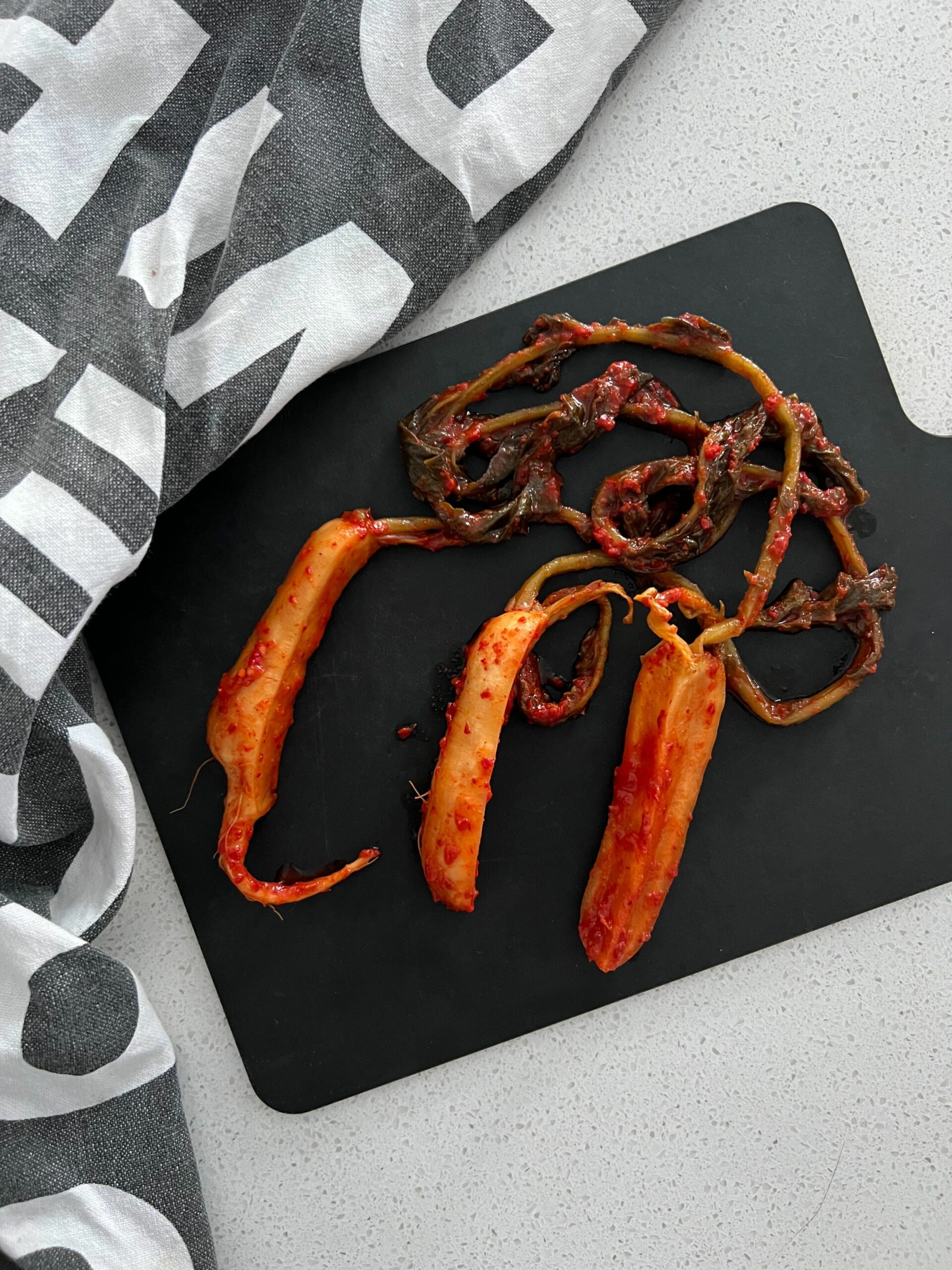
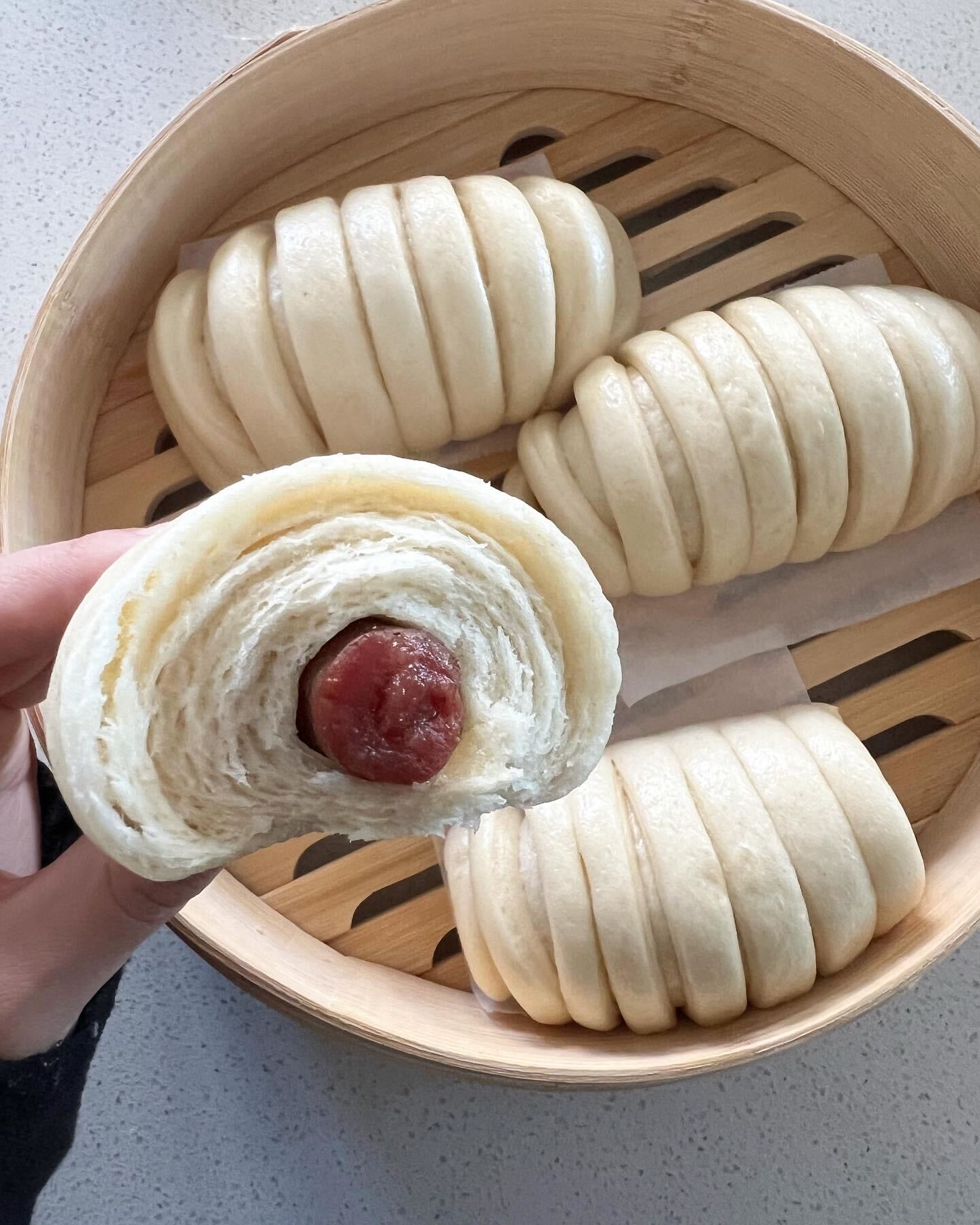
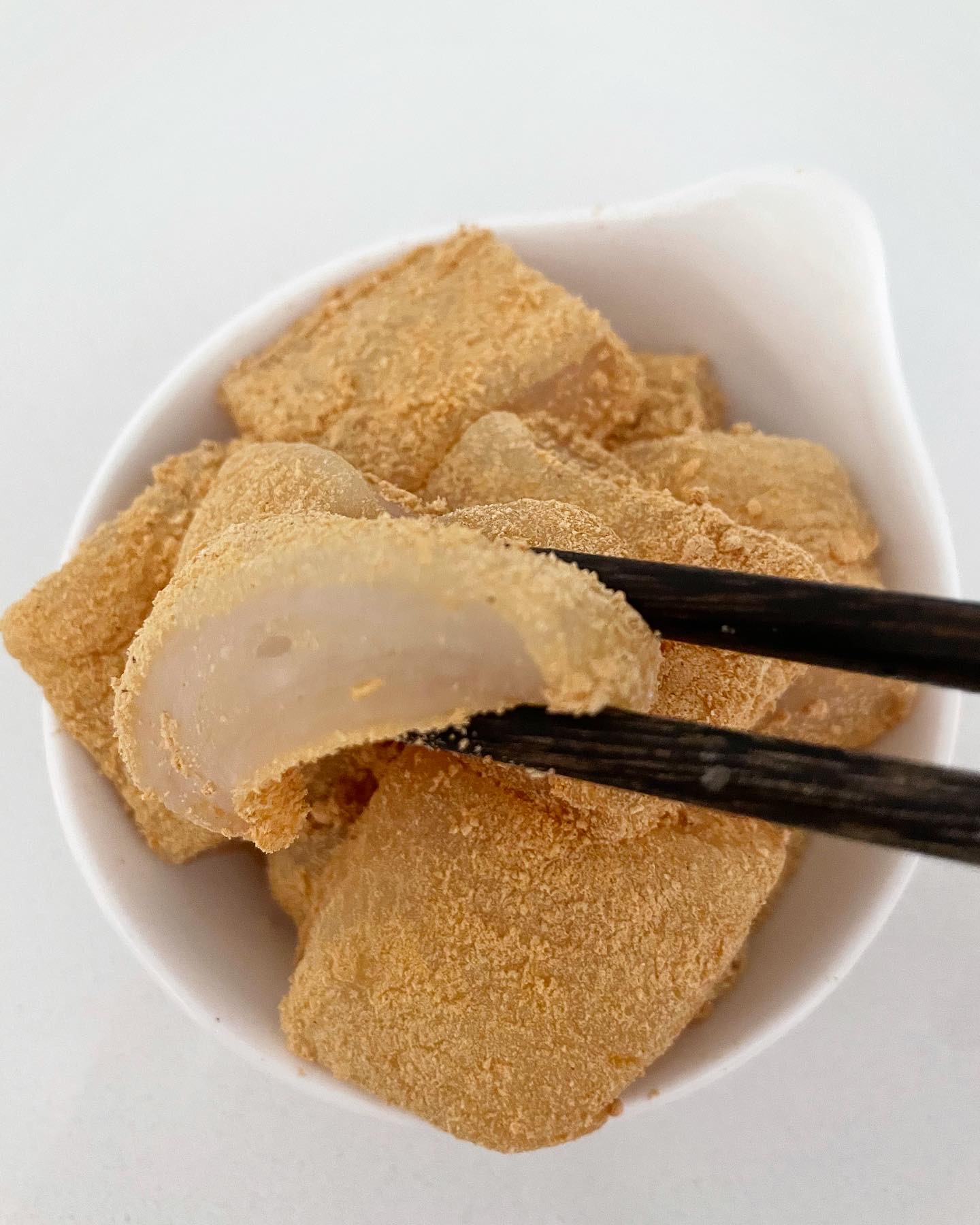
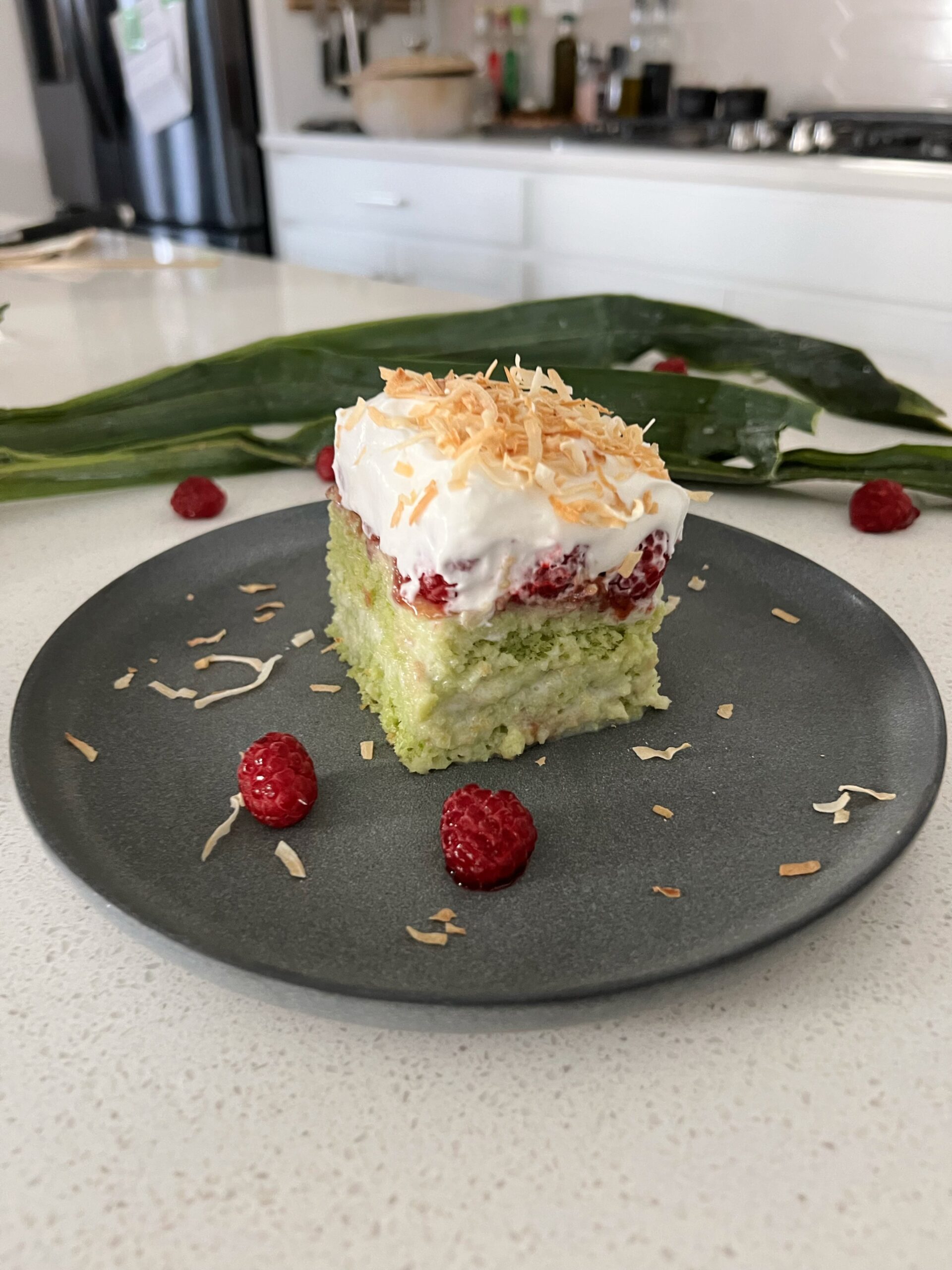
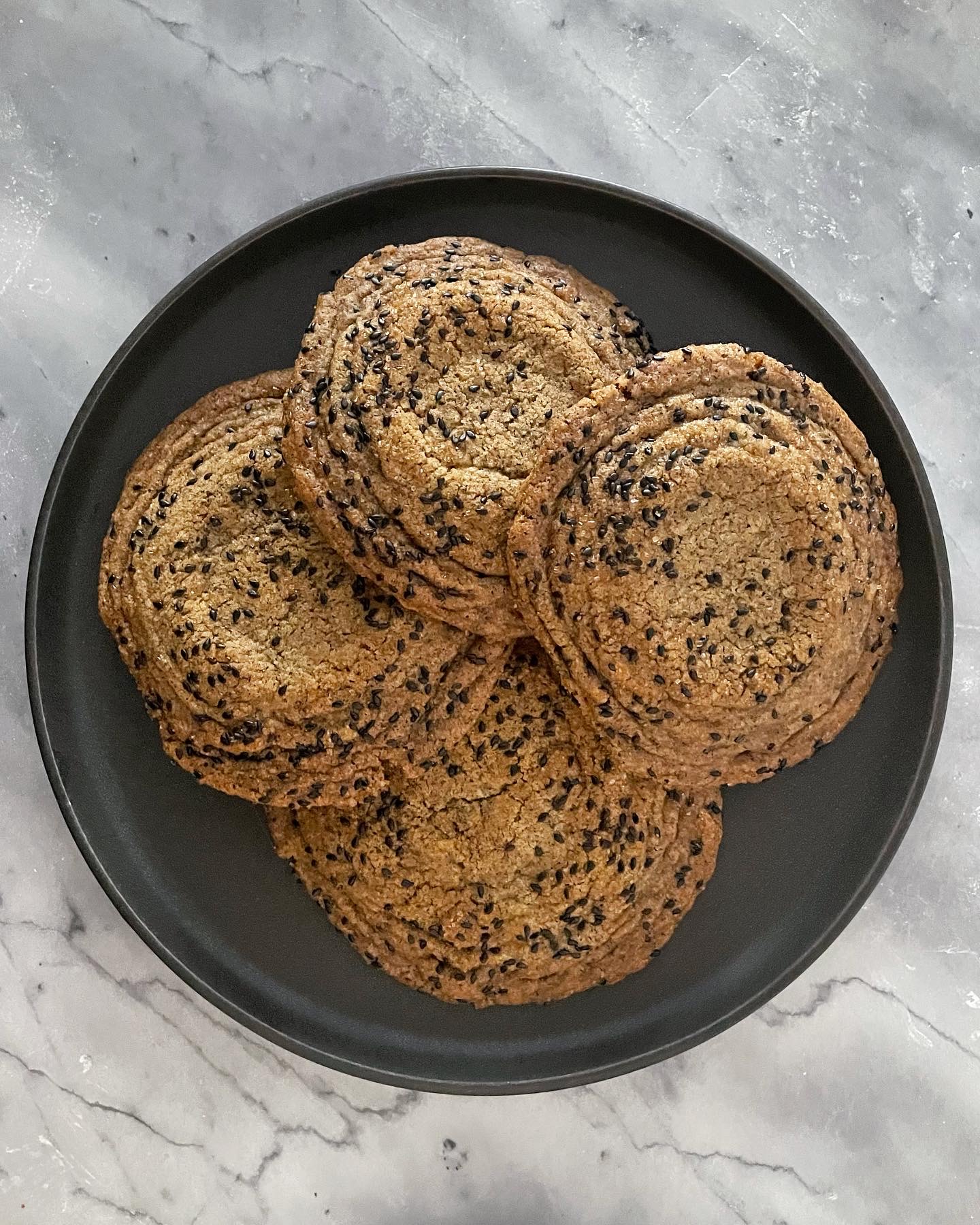
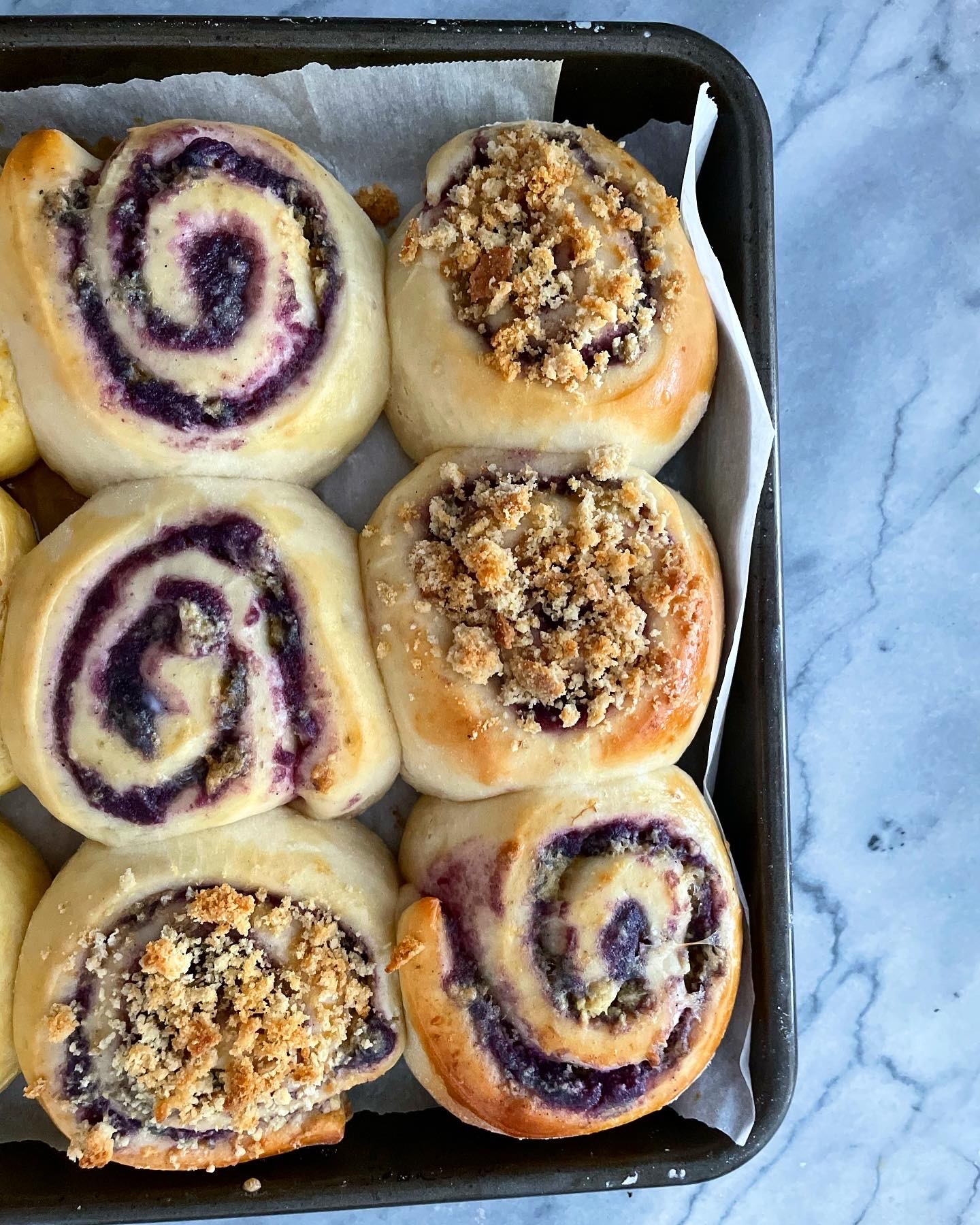
Leave a Reply